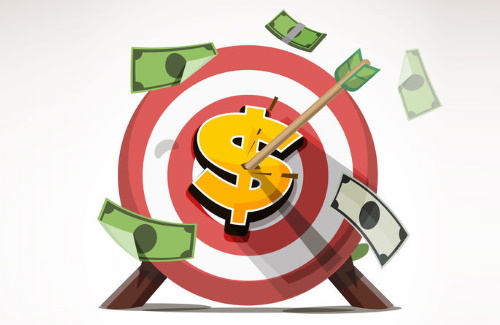When I began to think about pricing strategies, a story about a recent experience with a friend immediately came to mind. He’s a huge barbeque aficionado and smokes his own meat on a regular basis.
I think he spent $10,000 on his latest smoker, so he’s serious. I’ve enjoyed feasts of pork and beef at his place along with his own recipe for barbeque sauce. (Simply delicious!)
A few months ago, he told me that he was going to start mass-producing and selling his sauce. My first thought: “Are you nuts? Have you not seen how many varieties already stuffing the local grocery store shelves?”
Instead, I tried to be supportive, asking him about his cost to produce as well as the target sales price. He said the sauce costs him about $5 per jar to produce, plus 50 cents for freight, and he anticipates stores will sell it for about $10 per jar.
Bluntly, I told him the math doesn’t work. If his landed cost is $5.50 and the stores need to make 40 percent margin, it means he would only make 50 cents per jar, 10 percent gross margin. Considering most businesses require a 25 percent margin to stay afloat, I figured he would be losing 15 percent on every sale. Not good, no matter how creative the accounting!
Right From The Start
When bringing a new product to market, the process starts by setting a price point that will work for the target audience (the buyer). At Radial Engineering, we had two “magic” price points in mind: the ProDI direct box would be the workhorse for weekend warriors and priced at $99, while the JDI would be a premium product with a Jensen transformer for pro concert touring, priced at $199.
During the many talks I conducted around the globe over the years, I would always ask the audience: “What is the most important feature of a product for a sound engineer or artist?” Invariably, they would always answer: “Good sound.” My response was: “Yes, good sound is important but no sound is even more important!”
In other words, if you have 20,000 screaming fans at a show and the device breaks down halfway through a set, people are going to get fired. I always focused on the durability of the product as being a critical part of choosing a product.
Saving a few bucks by buying a second-rate product simply does not make sense. Shure purportedly launched the SM58 at a trade show with a hammer and a nail, showing how the microphone’s finish could stand up to anything. This set the pace for quality construction that continues with this iconic industry standard to this day.
A product’s price point establishes a price structure that will work all the way down the line. To be successful, the product must remain competitive and profitable for all involved parties.
For instance, when a distributor imports a product and sells it to retailers, it requires setting a retail price, a MAP (minimum advertised price or street price) and then working backwards and forwards from cost to see if it works. The following is a common scenario:
Retail price: $100
MAP: $89.99 (10 percent off – 33 percent gross margin)
Dealer cost: $60 (40 percent margin from retail)
Wholesale cost: $54 (extra 10 percent off dealer cost)
Distributor cost: $50 (20 percent off dealer cost)
Manufacturer cost: $25 (50 percent gross margin)
To calculate the landed cost, freight, duties and other import tariffs must be included. For my friend to be marginally profitable with his barbeque sauce, he would have to land it for about $4. He figures he’ll be able to do so as his volume increases and production costs decrease. Although this may be the case, it’s a tough road to follow as you can only lose money for so long. A business needs cashflow to survive!















